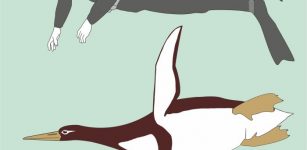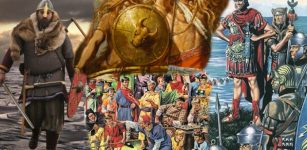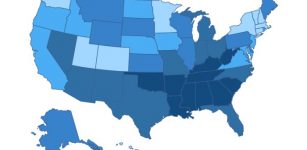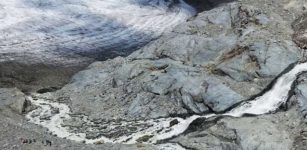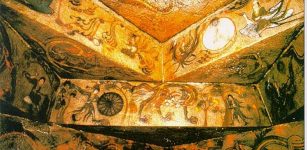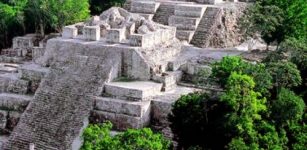Paint Rock Indian Pictographs In Texas
MessageToEagle.com – Recently, we visited Arizona’s petroglyphs and now it’s time to take a look at Paint Rock pictographs at the ancient site located a few miles north of the Texas Fort Trail in west central Texas.

In Texas, there are many rock art sites, shelters and rock faces painted by Native Americans as well as the prehistoric peoples who came before them. The pictographs, although often difficult to decipher, reveal clues about the inhabitants who occupied the country up to the arrival of Europeans.
The site is unusual; because it is one of only a handful of sites in central and northwest Texas but it’s still the most remarkable rock art site on the Edwards Plateau.
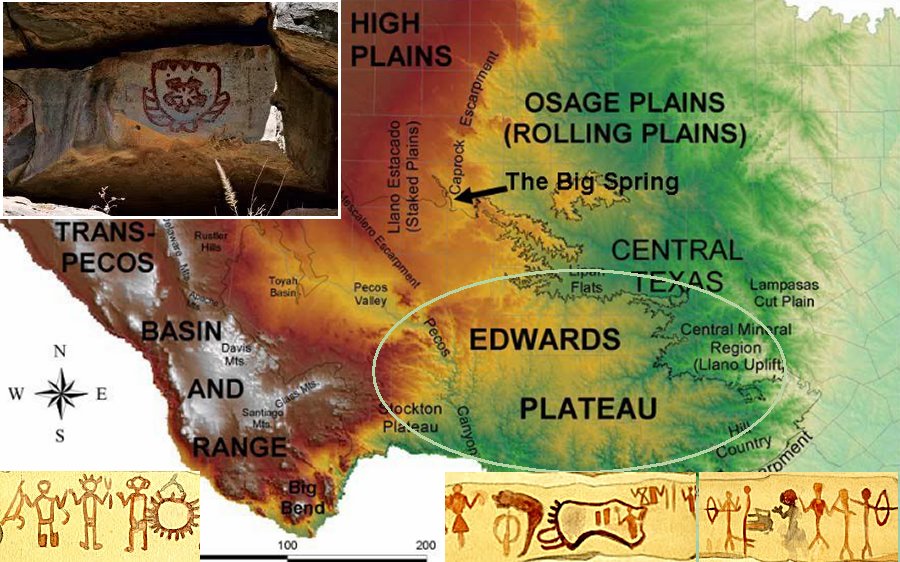
The Paint Rock pictographs, several hundred yards north of the Concho River, cover approximately a half-mile of a limestone cliff face, which is seventy feet high. There are more than 1,500 different images in different tones of black, yellow, red, orange, and white.
See also:
Lyman Lake Petroglyphs Left By Ancestors Of The Hopi Indians
Mystery Of Calico Early Man Site In The Mojave Desert: Ancient Overlooked Site In North America
Petroglyphs At The Winnemucca Lake: North America’s Oldest Known
Native artists from the past left depictions of animals, such as buffalo and deer, figures of humans clasping hands in a dance or ritual, and a large number of geometric designs on the high bluff. Some left their handprints, perhaps as a way of signing their work or purely indicating their presence at the site.

Archaeologists are not able to determine the date of the earliest pictographs at Paint Rock; however, they have recovered sherds of earthenware pottery and arrow points, and these artifacts indicate that the site was used by Toyah culture that emerged around A.D. 1300-1350 throughout the Edwards Plateau of Texas. Paintings of horses and a church demonstrate that use of the site by native groups continued after contact with the Spanish.
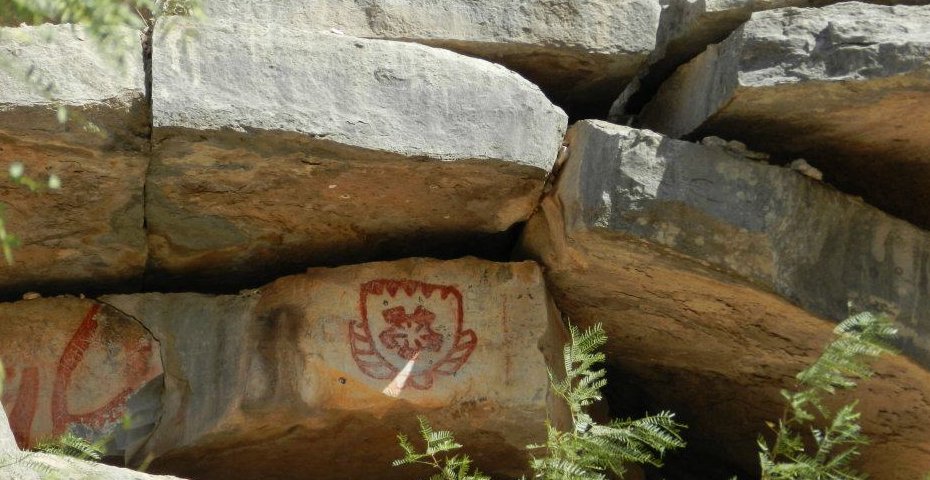
The Paint Rock pictographs were first documented in the 1930s by A.T. Jackson, one of the earliest Texas archeologists.
Rock art illustrator Forrest Kirkland visited the site in 1935 to document the paintings. After his visit, he estimated that at least a quarter of the pictographs had been destroyed by vandals and the forces of nature. Fortunately, the owners of the land on which the site is located have been particularly vigilant in protecting the site from further vandalizing.
MessageToEagle.com
Expand for references
